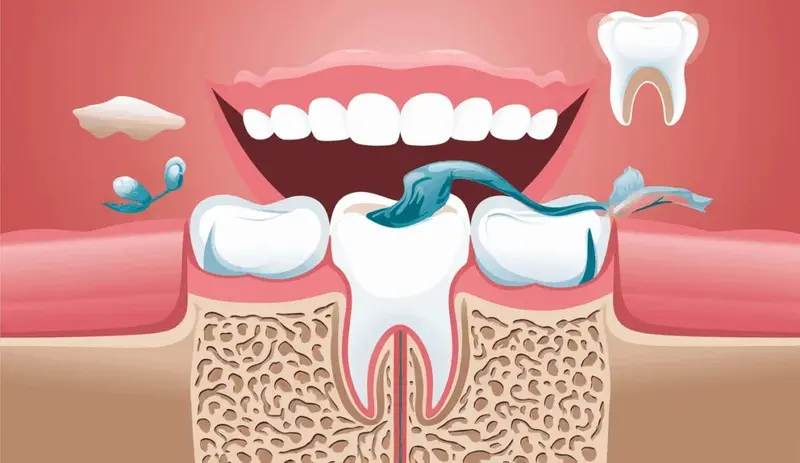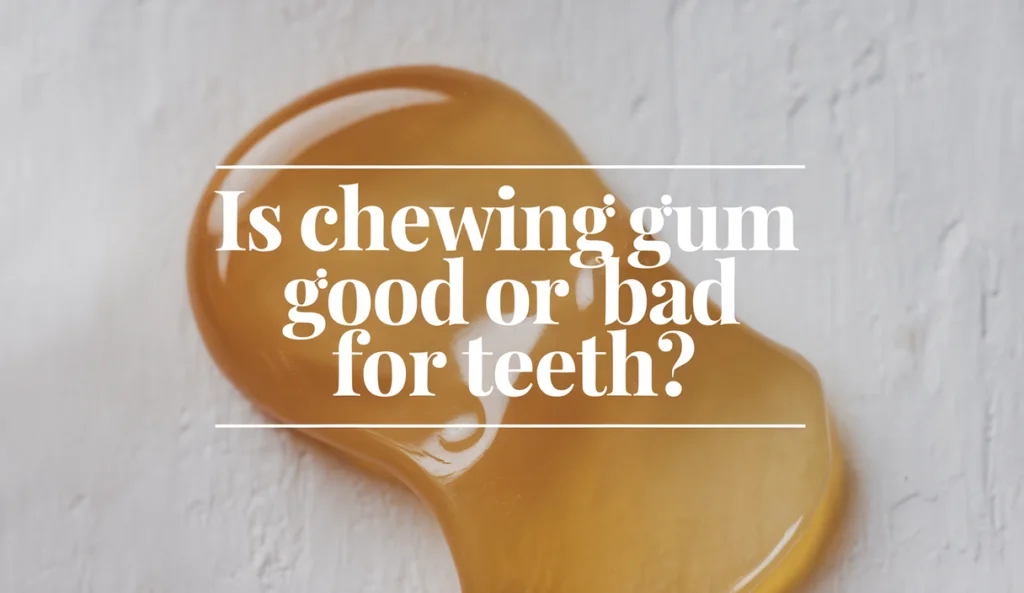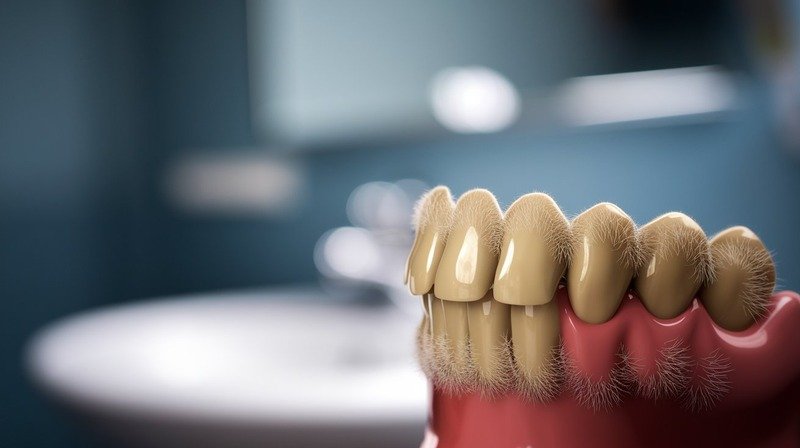![What Causes Tooth Decay Under Crowns [2025 Guide]](https://lifeworksdental.com/wp-content/uploads/2025/03/What-Causes-Tooth-Decay-Under-Crowns-2025-Guide.jpeg)
You thought getting a dental crown was the end of your tooth troubles, right? Most people assume once that shiny cap is in place, they’re totally protected. But here’s the harsh truth: dental crowns aren’t invincible shields. In fact, they can hide some seriously scary dental drama that you might not even see coming.
Dental crowns are supposed to be your tooth’s superhero, protecting a damaged or weak tooth. But sometimes, that hero can turn into a hidden villain-allowing decay to grow right underneath without you knowing.
The Sneaky Ways Decay Creeps Under Dental Crowns
Let’s discuss something that isn’t well-known – dental crowns are not impermeable. They may look solid and secure, but a dental crown can be a secret highway for bacteria.
The main way they do this is through tiny passageways right under your gum line. Bacteria have no problem getting inside a dental crown if there’s any microscopic gap between the crown and the natural tooth.
These tiny spots might seem unimportant, but they’re potential trouble zones. Even the most precisely fitted crown can develop microscopic openings over time.
Changes in temperature, chewing, and normal wear and tear can create these tiny entry points. Saliva, bacteria, and food particles can slowly push their way inside, working their way underneath the crown’s protective barrier.
Common Culprits Behind Crown Decay
The number one enemy of dental crowns is poor dental hygiene. Many people think that because a tooth is covered, it’s safe. Yet, a crown needs just as much-and probably more-diligent cleaning and care as a natural tooth. Most people don’t understand that.
Problems that existed before the placement of the crown can lead to future difficulties. If the original tooth structure wasn’t perfectly healthy when the crown was installed, it can continue to develop problems underneath. If the crown itself wasn’t perfect – with faultless margins, for example – there are also under-the-crown issues that can lead to trouble.
Warning Signs You Can’t Ignore
What does this mean for you? Your body will send some clear signals when a crown starts developing decay underneath it. Sensitivity around the crowned tooth is often the first red flag. You might experience unexpected pain when eating, especially with hot or cold foods. Discoloration at the edges of the crown can also indicate that something is not quite right beneath it.
Stay alert to these faint signals. They’re your mouth’s way of hinting at possible problems before they escalate and become significant dental emergencies.
You May Like: Why Do My Teeth Look More Yellow As I Age?
Prevention: Your Best Defense Against Hidden Decay
It is of the utmost importance to protect crowned teeth from harm, and that starts with preventing problems from occurring in the first place. Most people don’t give much thought to the actual brushing of teeth. They might assume it’s a pretty straightforward, only-slightly-variably-done task. But improper brushing can lead to a lot of different dental disasters, including ones that specifically put crowned teeth in danger.
It’s not enough to merely recommend flossing; it’s vital. Use the gentle up-and-down stroke of a sliding-in-the-moment floss around a crowned tooth, and you are most effectively keeping the potential bacteria within the confines of this tooth from making their way into your mouth.
Your secret weapon is regular dental visits at our convenient location. A professional can see the signs of problems that you might miss completely. They have the specialized tools and the training to examine the tiny spaces and the big picture of your mouth. They look with an eye toward what could be developing into a serious problem.
When to Call Your Dentist? (Hint: Sooner Than You Think)
Never let things get to the stage of severe pain or evident destruction before you see a pro. Here are some essential signals that should stop you in your tracks and make you call the dentist:
- Sensitivity that’s not going away.
- Discoloration that’s getting worse or spreading.
- Any change in how the crown feels when you bite down.
A licensed dental practitioner may see problems that are not visible to the naked eye. If they discover tooth decay or other issues early on, they can suggest less involved, more direct solutions. Dentist-recommended measures might range from a simple filling to a crown replacement, among other possibilities.
Keep in mind that with early detection and prevention, extensive repair work will not often be needed with dental crowns.
Conclusion
Dental crowns aren’t a magic solution-they’re a tool that requires YOUR active management. By understanding how decay happens and staying proactive, you can keep your smile healthy and avoid expensive, painful surprises down the road.
Don’t wait until it hurts. Schedule a dental check-up and ask about your crown’s condition. Your future self will thank you.






